When people search for "American spices," they're often looking for spices that define regional American cuisines—not native American plants. In reality, most spices used in American cooking originated elsewhere but were adopted and adapted into distinct regional blends. For example, Creole seasoning from Louisiana or Texas BBQ rubs are iconic American culinary creations. This guide explains the top spice blends integral to American cooking, how to use them, and trusted brand recommendations.
Table of Contents
Why American Spice Blends Matter
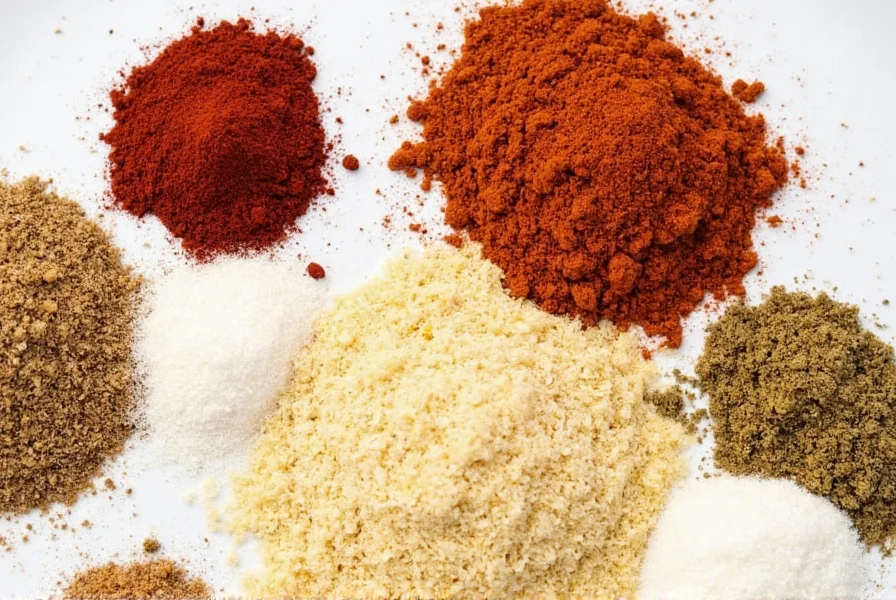
America's culinary identity is built on regional spice blends that reflect its diverse cultural history. From the smoky paprika of Texas barbecue to the complex layers of Louisiana Creole seasoning, these blends tell stories of migration, innovation, and local agriculture. Understanding these spice blends helps you cook with authenticity and regional pride.
Top 5 American Spice Blends You Should Know
- Creole Seasoning – A Louisiana staple with paprika, garlic, onion, and herbs; perfect for gumbo and jambalaya.
- Cajun Seasoning – Similar to Creole but spicier, with more cayenne; ideal for seafood boils and fried chicken.
- Texas BBQ Rub – Smoky, sweet, and savory; essential for slow-cooked brisket and ribs.
- New England Fish Seasoning – Light, citrusy blend with dill and lemon; perfect for grilled seafood and chowders.
- Midwest Herb Blend – Earthy and aromatic with rosemary and thyme; great for roasts and breads.
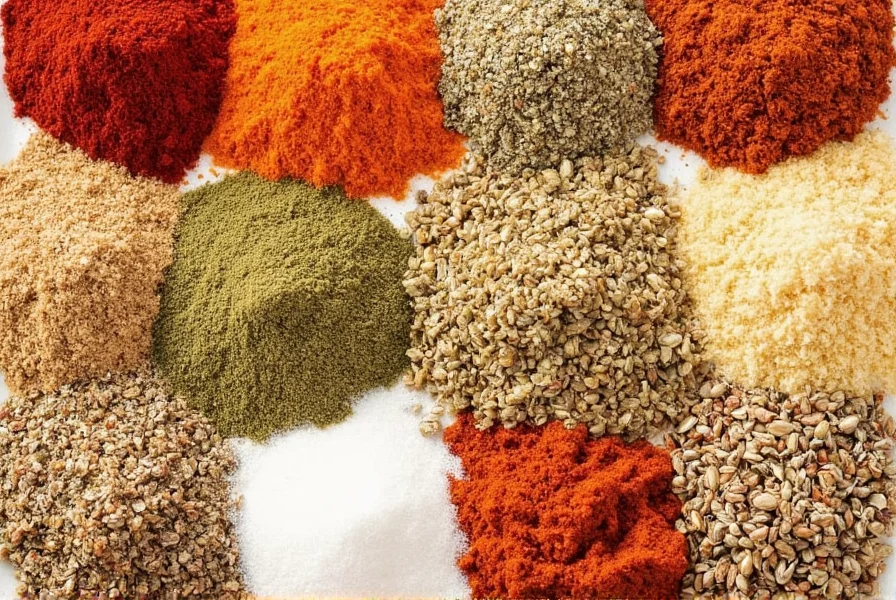
Comparison Table: American Spice Blends at a Glance
| Blend | Flavor Profile | Regional Origin | Best Dishes |
|---|---|---|---|
| Creole Seasoning | Complex, herbaceous, mild heat | Louisiana | Gumbo, jambalaya, shrimp étouffée |
| Cajun Seasoning | Spicy, robust, garlic-forward | Louisiana | Seafood boils, fried chicken, crawfish |
| Texas BBQ Rub | Smoky, sweet, paprika-based | Texas | Brisket, ribs, pulled pork |
| New England Fish Seasoning | Citrusy, fresh, light | New England | Grilled fish, clam chowder, lobster rolls |
| Midwest Herb Blend | Earthy, aromatic, savory | Midwest | Roast beef, breads, vegetable sides |
How to Use These Blends Like a Pro
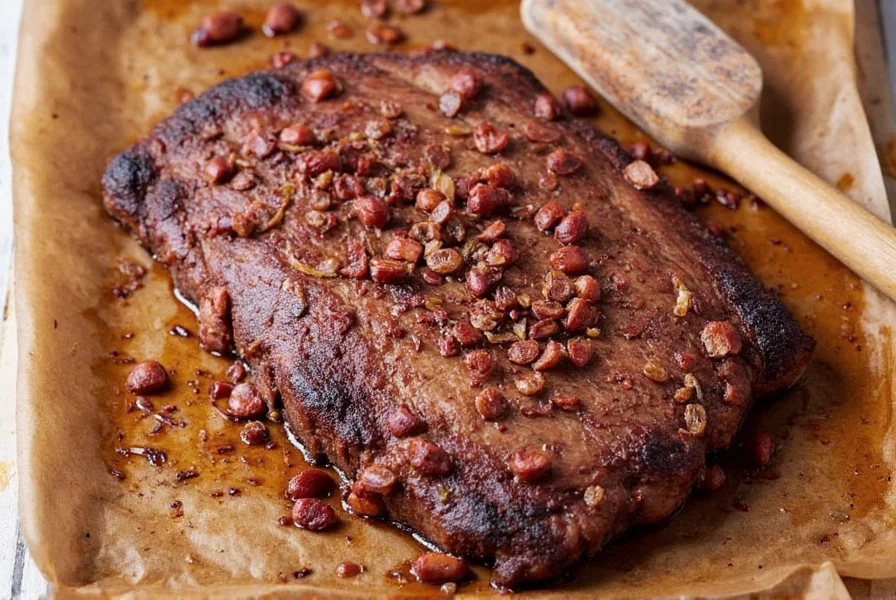
These regional blends transform ordinary ingredients into authentic American dishes. Here's how to master them:
- Creole Seasoning: Use as a dry rub for chicken or seafood, or add to tomato-based sauces for depth.
- Cajun Seasoning: Best for high-heat cooking; sprinkle on fried foods or mix into oil for dipping.
- Texas BBQ Rub: Apply generously to meat 1 hour before smoking; combine with apple cider vinegar for a basting sauce.
- New England Fish Seasoning: Lightly coat fish fillets before grilling, or add to butter for seafood boils.
- Midwest Herb Blend: Perfect for roasting vegetables or mixing into bread dough for savory loaves.
Buying Guide: What to Look For
Authentic regional blends require quality ingredients. Here's how to shop smart:
1. Check Regional Authenticity
Look for brands that specialize in regional American cuisine. For example, Louisiana Creole blends should contain authentic ingredients like file powder or sassafras.
2. Choose Between Pre-Mixed and DIY
Pre-mixed blends are convenient, but DIY allows customization. For Texas BBQ rub, try combining smoked paprika, brown sugar, garlic powder, and cumin.
3. Read Labels Carefully
Avoid blends with fillers like maltodextrin or artificial flavors. Pure regional blends should list only spices and herbs.
4. Recommended Brands
| Blend | Best For | Trusted Brand |
|---|---|---|
| Creole Seasoning | Authentic Louisiana dishes | Tony Chachere's Original Creole Seasoning |
| Cajun Seasoning | Spicy seafood and meats | Zatarain's Cajun Seasoning |
| Texas BBQ Rub | Slow-cooked barbecue | Kingsford Original Barbecue Rub |
| New England Fish Seasoning | Coastal seafood dishes | Old Bay Seasoning |
| Midwest Herb Blend | Roasts and breads | Frontier Co-op Midwest Herb Blend |
Frequently Asked Questions About American Spice Blends
What's the difference between Creole and Cajun seasoning?
Creole seasoning is more herbaceous with tomatoes and bell peppers, while Cajun seasoning is spicier with more cayenne pepper. Creole is used in tomato-based dishes like gumbo, while Cajun is for high-heat applications like fried foods.
Can I make these blends at home?
Absolutely! For Creole seasoning: mix 2 tbsp paprika, 1 tbsp garlic powder, 1 tbsp onion powder, 1 tsp dried oregano, 1 tsp dried thyme, and 1/2 tsp cayenne. Store in an airtight container. Homemade blends are fresher and allow customization.
How long do spice blends last?
Store in a cool, dark place for up to 1 year. You'll know they've lost potency when the aroma fades. For best results, buy small quantities and use within 6 months.
Why are regional spice blends important in American cooking?
These blends reflect America's cultural diversity. Louisiana Creole blends showcase French, African, and Spanish influences, while Texas BBQ rubs represent German and Mexican culinary traditions. They're edible history.
Are these blends healthy?
Most spice blends contain no added sugars or preservatives. They can reduce salt usage in cooking while adding flavor. However, some commercial blends may contain added sodium—always check labels if you're monitoring salt intake.
What's the best way to store American spice blends?
Keep in airtight containers away from heat and light. Glass jars with tight lids work best. Avoid storing near stoves or windows. For maximum freshness, buy whole spices and grind your own blends as needed.
Final Thoughts
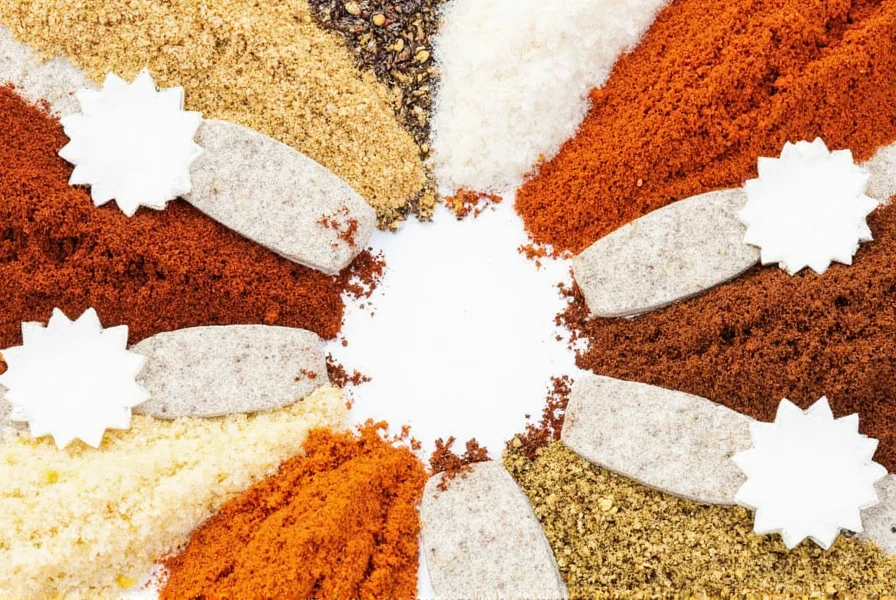
American spice blends are more than just ingredients—they're edible history that connects us to regional traditions. Whether you're making Louisiana gumbo, Texas brisket, or New England chowder, these blends bring authentic flavors to your kitchen. Start with one blend that matches your cooking style, and explore the rich culinary heritage of America one dish at a time.

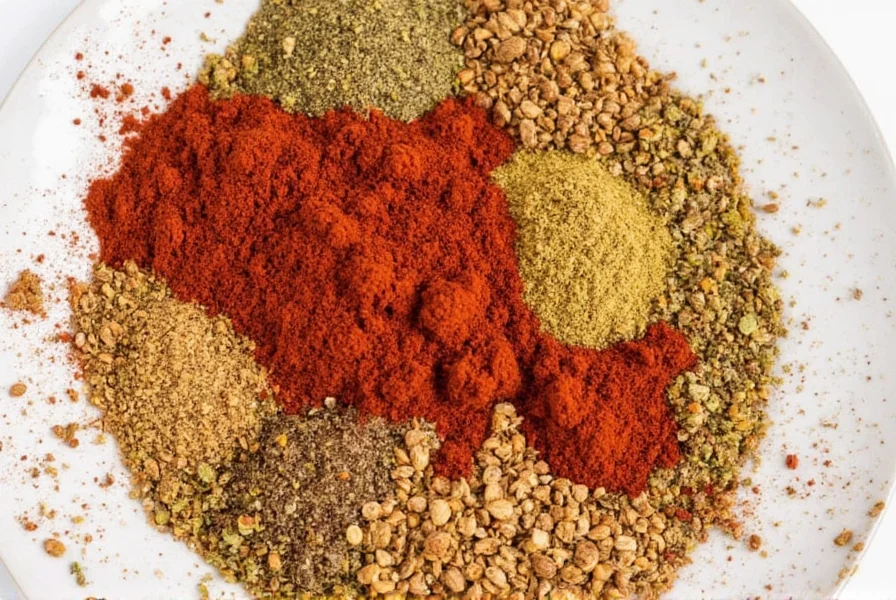









 浙公网安备
33010002000092号
浙公网安备
33010002000092号 浙B2-20120091-4
浙B2-20120091-4